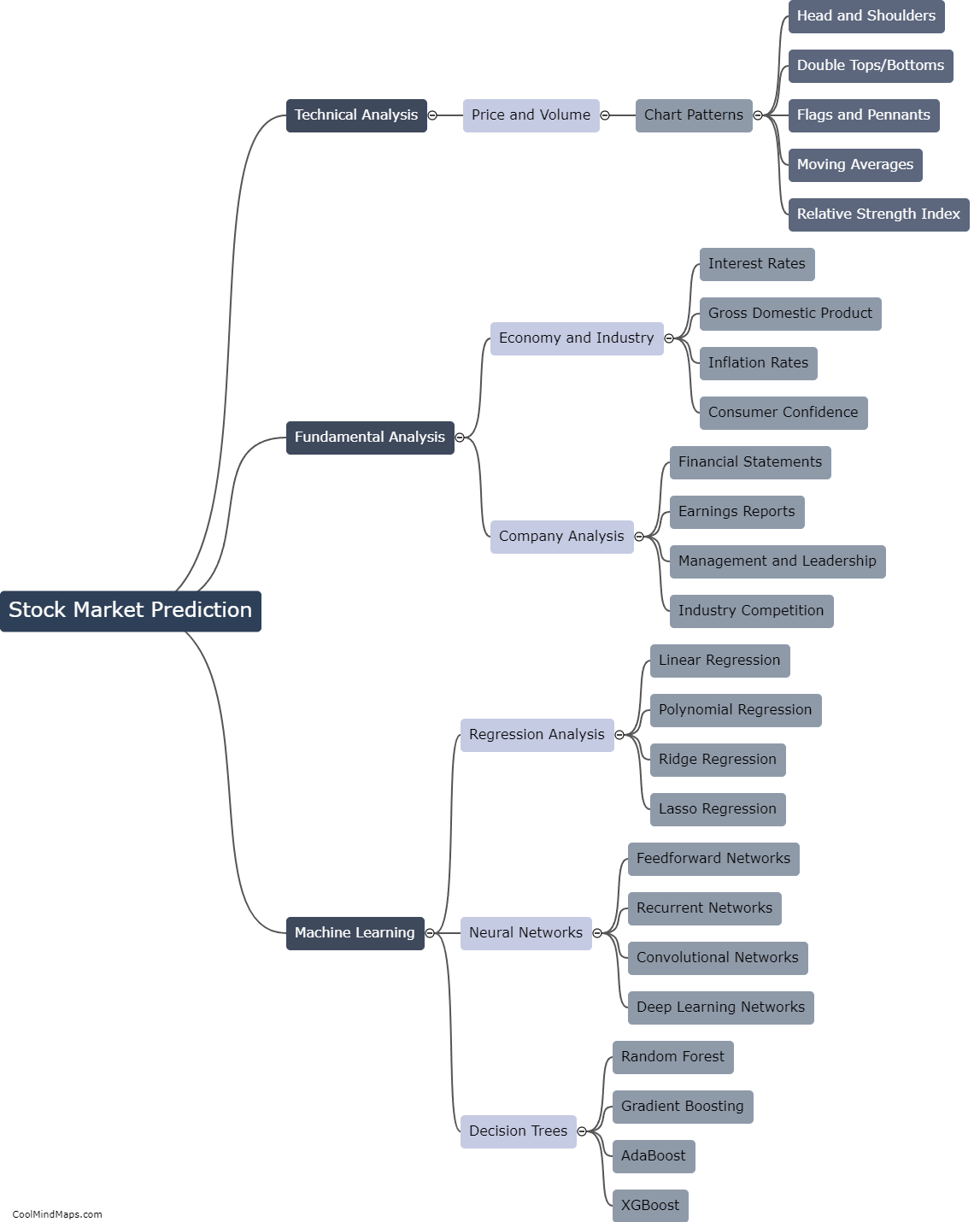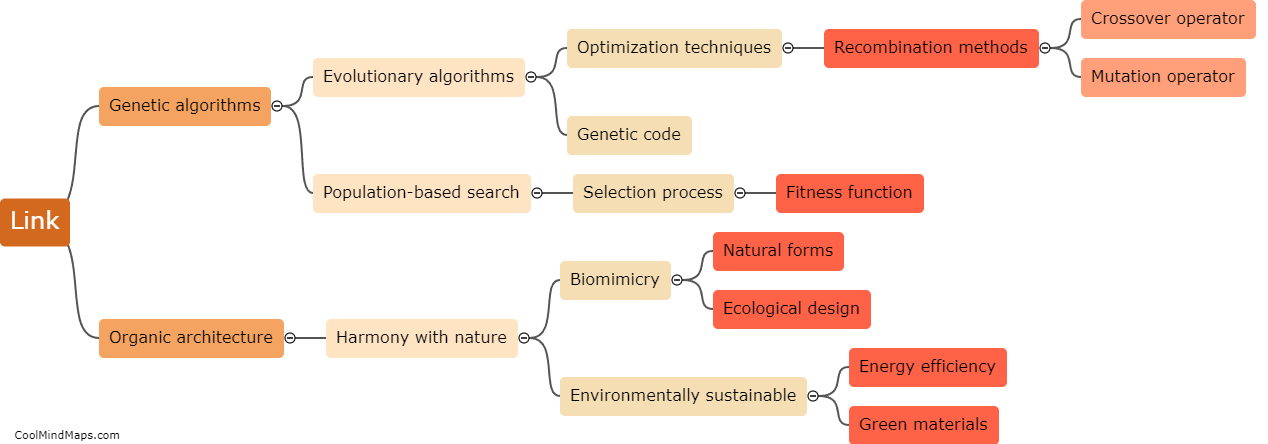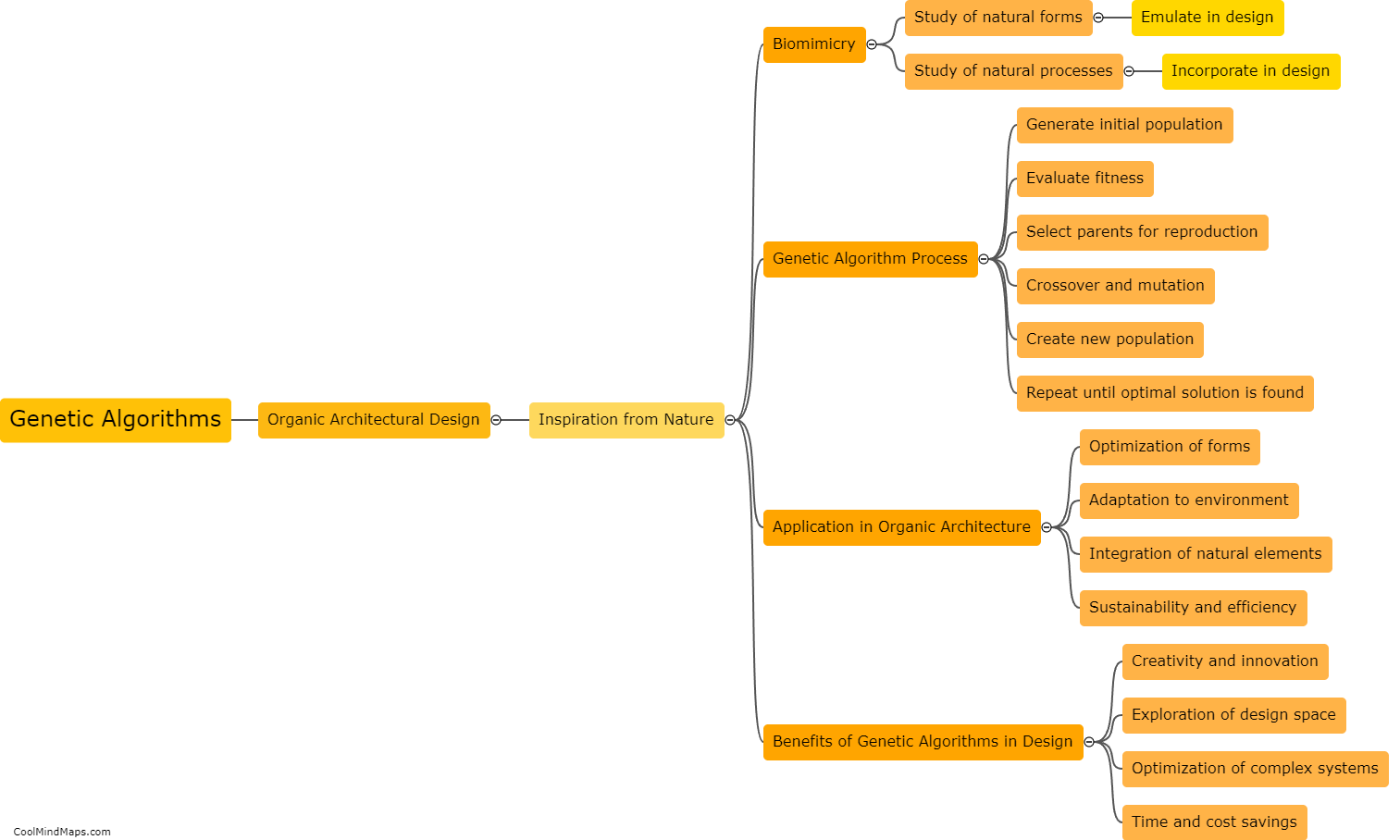How are genetic algorithms applied in biological architecture?
Genetic algorithms are computational tools inspired by the process of natural selection and genetic inheritance. In the context of biological architecture, these algorithms are utilized to generate innovative designs that mimic biological systems. By defining a set of design parameters and constraints, genetic algorithms create a population of potential solutions. Through a process of selection, crossover, and mutation inspired by biological evolution, the algorithms refine and improve the designs over successive generations. This iterative optimization process enables architects to explore complex design spaces, ensuring that the final solutions adhere to defined criteria, such as structural stability, energy efficiency, or user comfort. By leveraging genetic algorithms, architects can unlock new possibilities in form-finding, optimization, and adaptation, ultimately creating efficient and biomimetic architectural solutions.

This mind map was published on 15 November 2023 and has been viewed 93 times.











